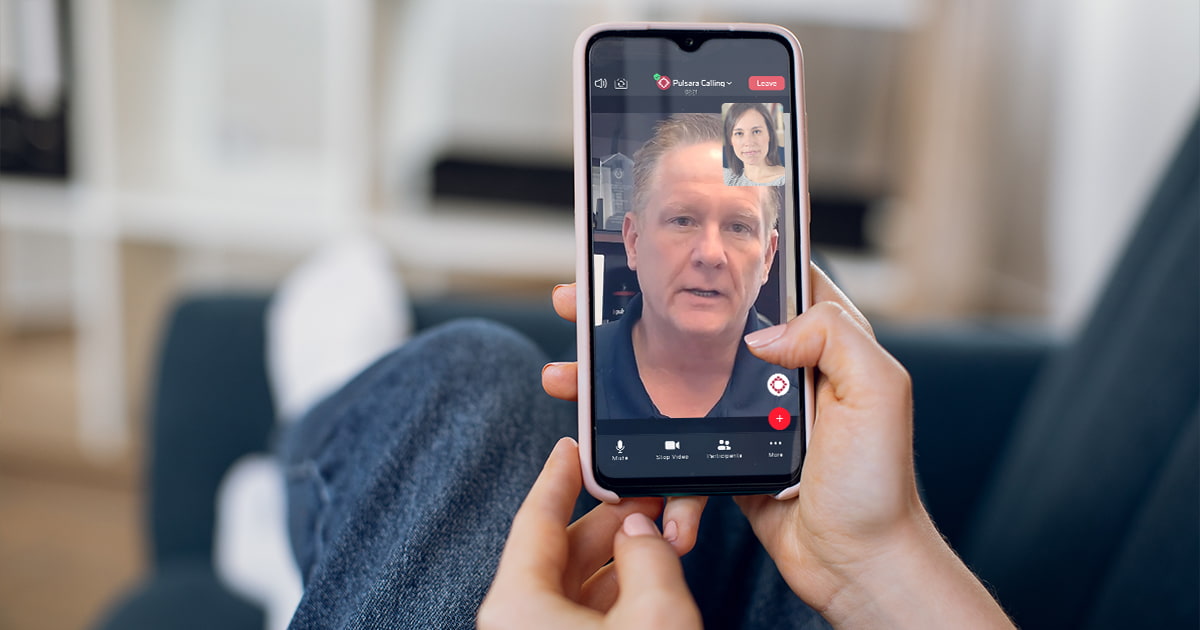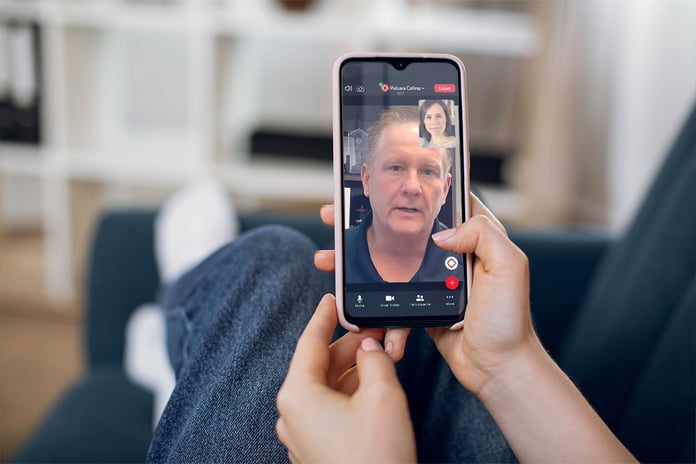Pulsara Around the World - 2025 Recap and January 2026
December Recap After an incredibly busy events year with 102 conferences, trade shows, and sponsorships, December was on the slower side for us, with...
3 min read
 Team Pulsara
:
Aug 23, 2021
Team Pulsara
:
Aug 23, 2021

When COVID-19 struck Texas in early 2020, Montgomery County Hospital District suddenly faced a whole host of new problems. Patients were still calling 911 and needed emergent care, but not all of them needed—or wanted—to be transported to the hospital. Paramedics were daily putting themselves at risk as they entered environments that could expose them to COVID-19.
“Early on, we didn't know what was going to happen,” said Rob Dickson, MD, FAAEM, FACEP, FACEM, and EMS Medical Director at MCHD. “And we were all—across the nation, across the world—struggling with procedures and PPE and how we could best look after our employees.”
MCHD had a brief window to come up with innovative solutions. They had been using Pulsara to streamline care team communication around stroke and STEMI patients. But in response to the crisis, they began using Pulsara for a completely different purpose: regularly checking in with their employees who had contracted or had been exposed to COVID-19.
(Check out the full webinar here.)
Kevin Crocker, LP, FACPE, Division Chief of Quality and Process Improvement at Montgomery County Hospital District, described the situation. “Thinking back to early COVID—March, April, and May—there were a lot of unknowns, and what the effects were going to be on our providers or our community or their families. Our number one job here is to take care of our employees, to make sure we have a safe, healthy workforce. So, we thought the best way for us to approach COVID and COVID infections within our employees was to develop what we called the Employee Health Monitoring program.”
The Employee Health Monitoring program was established as a practical way to consistently monitor employees who tested positive for COVID, COVID-positive family members of employees, or employees who had experienced high-risk exposures to COVID-19.
Crocker explained the system: “We did daily symptoms checks where the employee would log their symptoms and their temperature. But probably more importantly, we had a dedicated person from our command team who was the point of contact for monitoring the employee’s health. They would reach out every day via phone call or via text message, just to check on the employee and see how they were doing, see how they were feeling, see how their symptoms were, how their family was, or if they had any resource needs.”
In March of 2020, Pulsara released an extension of the platform that allows clinicians to send patients a link to a live video call. The telehealth platform, called Pulsara PATIENT, allows clinicians to connect with patients in real time, answer questions, monitor their condition, and provide follow-up care. And while it was useful for checking on patients, MCHD also found that it was the perfect way to check in with their staff who had contracted or been exposed to COVID-19.
“We used the Pulsara PATIENT platform to connect our employees who were sick, had progressing symptoms, or were just worried about how they were feeling with one of our medical doctors,” said Crocker. “We are very blessed here to have two wonderful medical directors who were engaged and care about their employees' health and wellbeing. Dr. Dickson and Dr. Patrick volunteered to be a point of contact 24 hours a day, seven days a week. No matter what the need was, or how big or how small, we could connect our employees with one of them via Pulsara PATIENT so they could do a face-to-face visit with the employee.”

The ability to check in daily was extremely valuable for everyone’s peace of mind—both for medics who were facing the unknown territory of a new virus alone, and for their leadership. Said Crocker: “For our employees who are home and isolated with an unknown disease and unknown outcome, especially very early on, having that resource of a familiar face, a medical expert that you trust, that you can talk to and bounce questions, ideas, or thoughts off of, was an extremely valuable resource for our employees.”
“It was very satisfying professionally and personally to be able to connect with our employees and our families,” said Dr. Dickson. “To be able to look after the people who actually look after our patients is incredibly important and powerful to both of us. … I never saw [the Pulsara platform] being used for that. It's like, we got it for one thing, and ended up using it for another. But I thought that was a pretty powerful use for it.”
Pulsara is helping with COVID-19 management by helping mitigate patient surge, streamlining patient transfers, minimizing exposure, and more. Learn more about COVID-19 + Pulsara here.

December Recap After an incredibly busy events year with 102 conferences, trade shows, and sponsorships, December was on the slower side for us, with...

Editor's Note: In July 2025, EMS1 and Fitch & Associates released their annual EMS trend survey, What Paramedics Want, proudly sponsored by Pulsara....
![[PRESS RELEASE] Published Research Finds Up to 31% Faster STEMI Treatment Times in Rural Hospital Setting with Pulsara](https://www.pulsara.com/hubfs/_1_website-page-blog-assets/pulsara-hosp-teams-assign-cardio-stemi-rn-1200x701.jpg)
Published research shows how using Pulsara, alongside standardized field activation and a focus on stakeholder relationships, improves STEMI care and...